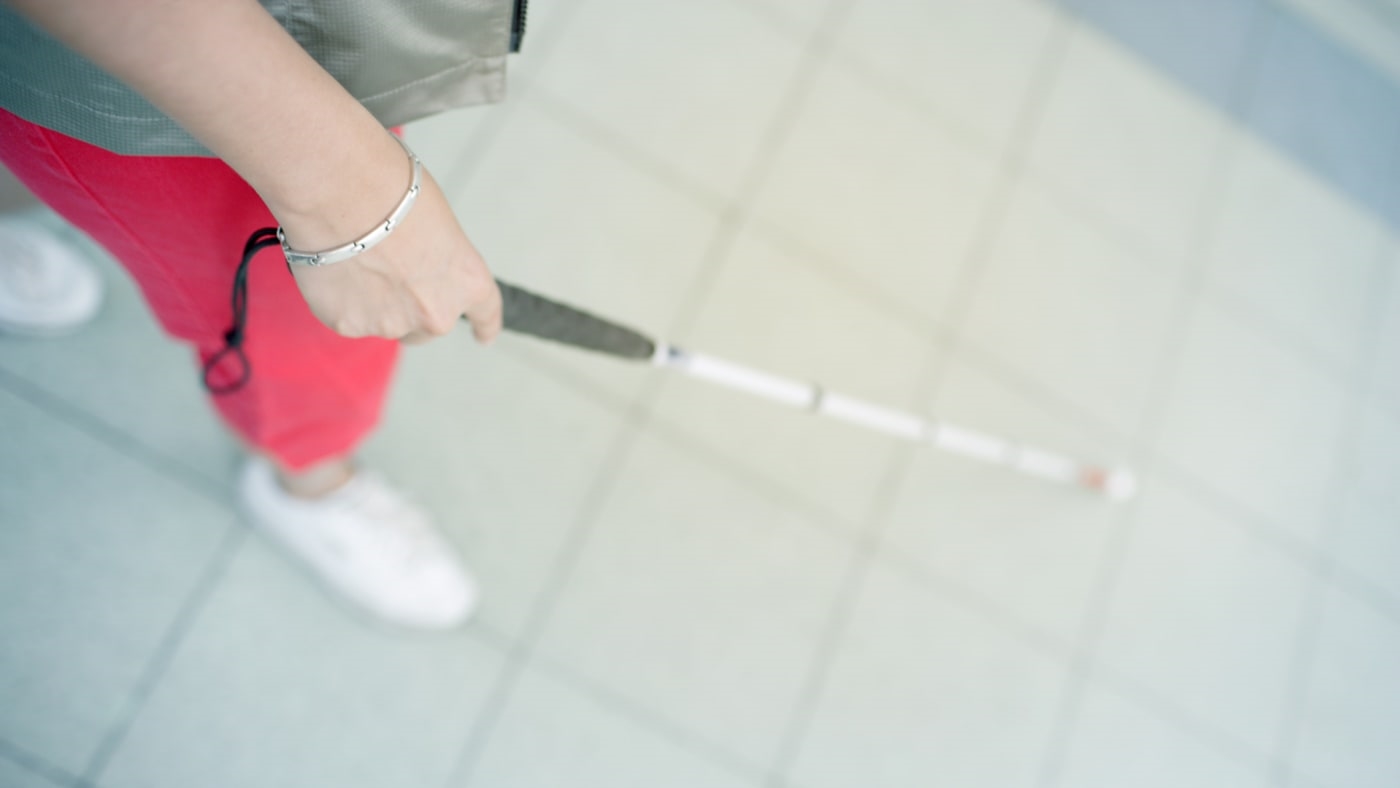Microsoft’s HoloLens can help the blind navigate buildings
The World Health Organization estimates that there are some 253 million people who are blind or visually impaired, and they may have a new tool to help them navigate the world—Microsoft’s HoloLens.
New research out of the California Institute of Technology and USC, and published on the bioRxiv website, reveals that HoloLens’s mixed reality technology works well for those with visual impairment, by taking advantage of the device’s real-time room and object mapping capability. While the HoloLens was not sharing visual data, it was serving as a guidance tool thanks to real-time data paired with audio cues and instructions, as Technology Review first reported.
For the test, the team gave seven blind people a brief tutorial, but no real training, and then asked them to complete a variety of tasks. Thanks to audio cues, the testers could reliably locate and point to objects, avoid obstacles, and were able to quickly find a chair in a room. The testers were also sent on a complicated course through a campus building with the HoloLens headset helping them navigate as a virtual guide, calling out directions like “upstairs,” “right turn ahead,” and “follow me” with HoloLens speakers to make it sound like the voice is a few feet ahead of them. As the paper notes, one of the test subjects couldn’t wait to try it again, noting: “That was fun! When can I get one?”
(22)



